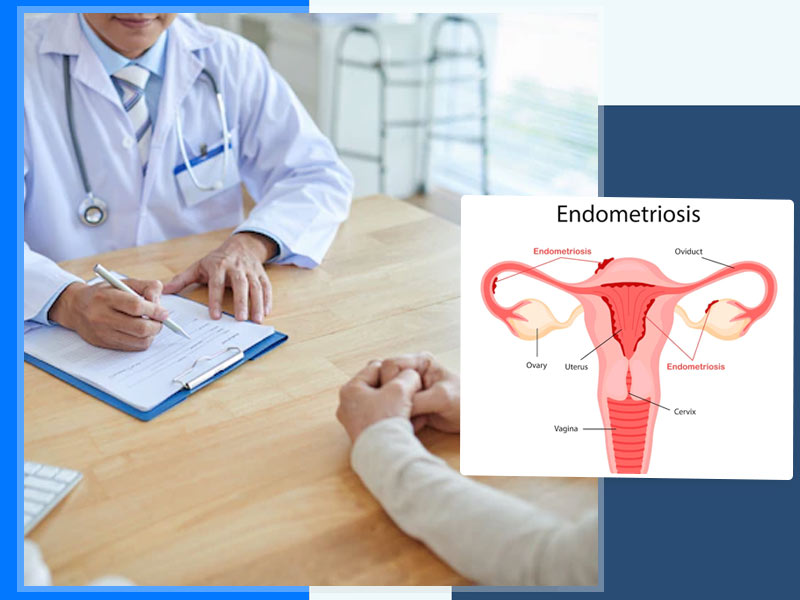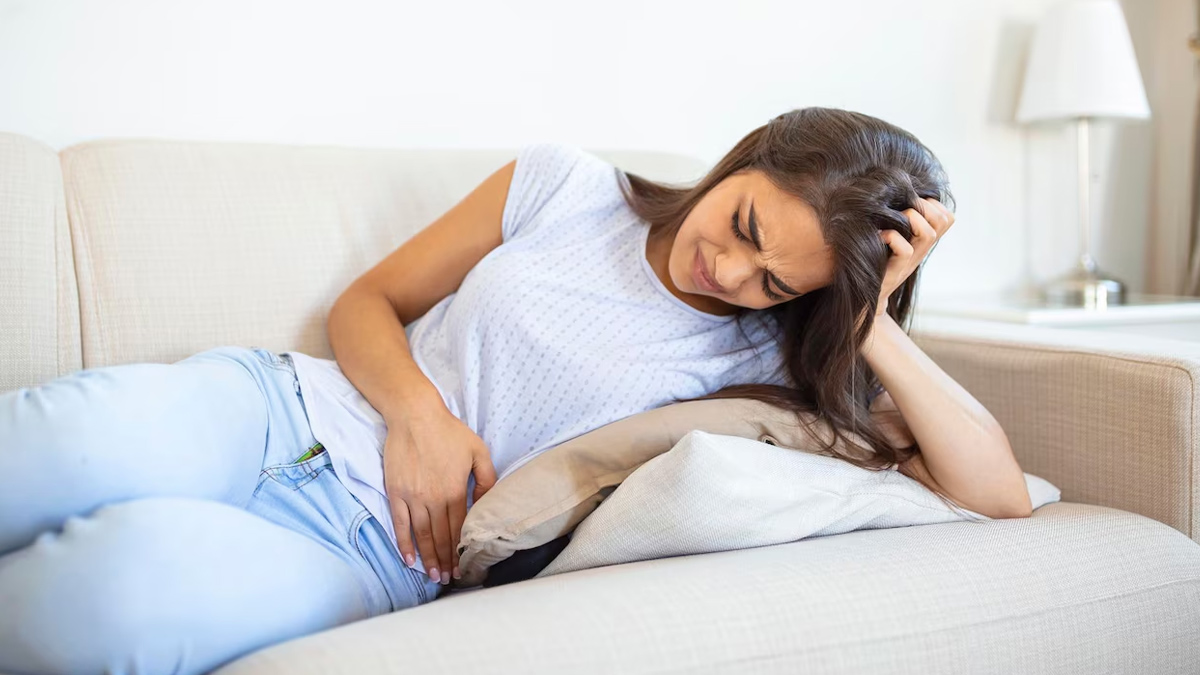
Endometriosis is a condition where tissue similar to the uterine lining grows outside the uterus. The painful thing is that it affects millions of women globally. Often shrouded in silence and misdiagnosis, understanding its early signs is crucial for timely intervention and better management. We spoke with Dr Sanjana Premlal, Gynaecologist and Fertility Expert, Kinder Women’s Hospital and Fertility Center - Bangalore, to shed light on these subtle yet significant indicators that every woman should be aware of. Here is everything she shared with us and all women should know!
Table of Content:-
"While the severity of endometriosis can vary greatly, recognising the early symptoms can make a profound difference in a woman's quality of life. Too often, these initial signs are dismissed as 'just period pain' or other common ailments, leading to diagnostic delays that can span years," emphasises Dr Premlal.
Early Signs of Endometriosis Every Woman Should Know
So, what are these whispers that women should pay attention to? Dr Premlal highlights the following key early signs:
1. Unusually Painful Periods (Dysmenorrhea)
While period pain is common, endometriosis often presents with pain that is significantly more intense and debilitating than typical menstrual cramps. "It's not just about needing a painkiller," explains Dr Premlal. "Women with early endometriosis might experience pain that interferes with their daily activities, requiring high doses of medication and still providing little relief. This pain may also start days before the period begins and extend for several days after."
Also Read: Eating Less But Still Feeling Heavy? Summer Digestion Tips You Didn’t Know You Needed

2. Chronic Pelvic Pain
Beyond the monthly cycle, some women with endometriosis experience persistent pain in the pelvic region. This can manifest as a dull ache, sharp twinges, or a constant feeling of heaviness. "It's important to differentiate this from typical premenstrual discomfort," advises Dr Premlal. "Chronic pelvic pain that is not directly tied to menstruation should raise a red flag."
3. Pain During or After Intercourse (Dyspareunia)
Pain during or after sexual intercourse is another significant early indicator. The misplaced endometrial tissue can cause inflammation and sensitivity, leading to discomfort or even intense pain during deep penetration. "This symptom is often underreported due to embarrassment, but it's a crucial piece of the puzzle," notes Dr Premlal.
4. Bowel and Bladder Issues
Endometrial tissue can implant on or near the bowel and bladder, leading to a range of digestive and urinary symptoms. These can include:
- Painful bowel movements: Especially during menstruation.
- Changes in bowel habits: Such as constipation, diarrhea, or bloating, particularly around the time of the period.
- Painful urination (dysuria): Or increased frequency of urination.
"These symptoms can be easily mistaken for irritable bowel syndrome (IBS) or urinary tract infections (UTIs)," cautions Dr Premlal. "However, if they are cyclical and worsen around your period, endometriosis should be considered."

5. Fatigue and Low Energy Levels
Persistent fatigue that doesn't improve with rest is another often overlooked symptom. The chronic inflammation and pain associated with endometriosis can take a significant toll on a woman's energy levels. "This isn't just feeling a bit tired after a long day," clarifies Dr Premlal. "It's a deep, pervasive fatigue that can significantly impact daily functioning."
6. Difficulty Getting Pregnant (Infertility)
While not always an early symptom in the traditional sense, difficulty conceiving can be one of the first indications of underlying endometriosis for some women. The presence of endometrial tissue outside the uterus can distort pelvic anatomy, interfere with ovulation, and hinder fertilisation. "It's important for women experiencing unexplained infertility to be evaluated for endometriosis," advises Dr Premlal.
What to Do If You Suspect Endometriosis
Dr Premlal emphasises the importance of proactive communication with your healthcare provider. "Don't dismiss your pain or other unusual symptoms. Keep a detailed record of your menstrual cycles, pain patterns, and any associated symptoms. This information will be invaluable for your doctor."
She recommends seeking consultation with a gynecologist who has experience in diagnosing and managing endometriosis. Diagnostic tools may include pelvic exams, ultrasounds, MRI, and laparoscopy (a minimally invasive surgical procedure for direct visualisation and diagnosis).
Bottomline
Early diagnosis of endometriosis can lead to earlier intervention, which may include pain management strategies, hormonal therapies, and surgical options to remove endometrial implants. While there is currently no cure for endometriosis, timely management can significantly improve symptoms, slow disease progression, and enhance a woman's quality of life.
[Disclaimer: This article provides general information and should not be considered medical advice. Please consult with a qualified healthcare professional for any health concerns or before making any decisions related to your health or treatment. ]
Also watch this video
How we keep this article up to date:
We work with experts and keep a close eye on the latest in health and wellness. Whenever there is a new research or helpful information, we update our articles with accurate and useful advice.
Current Version
